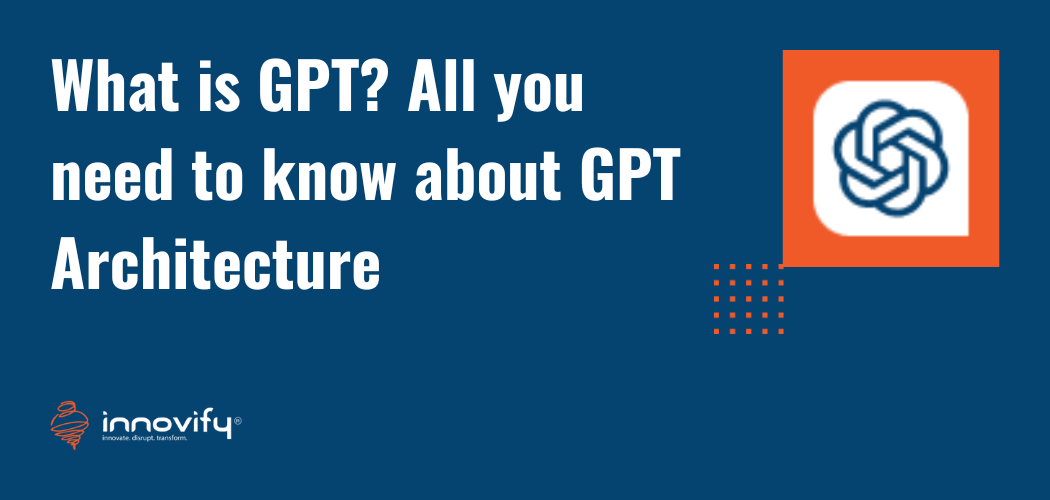AI/ML
What is GPT? All you need to know about GPT Architecture
GPT (Generative Pre-trained Transformer) refers to a type of an artificial intelligence language model developed by OpenAI. The GPT models are based on transformer architecture, which has proven effective in various natural language processing tasks. Refer below to understand aspect of each acronym.
Pre-trained part of the name indicates that the model is trained on a large corpus of diverse text data before being fine-tuned for specific tasks. This pre-training helps the model learn grammar, context, and world knowledge from the data it has been exposed to.
Generative aspect means that the model can generate coherent and contextually relevant text based on the input it receives. It has the ability to understand and generate human-like language.
Transformer refers to the underlying neural network architecture that utilizes self-attention mechanisms, enabling the model to efficiently process and generate sequences of data, particularly well-suited for natural language processing tasks. Here are the key components of the GPT architecture:
- Layered Structure: GPT consists of multiple layers of the transformer model. Each layer includes a combination of self-attention and feedforward neural network sub-layers.
- Positional Encoding: Since, transformers don’t inherently understand the order of tokens in a sequence, positional encoding is added to provide information about the positions of tokens in the input sequence.
- Attention Mechanism: GPT uses a self-attention mechanism that allows the model to assign different weights to different parts of the input sequence, enabling it to focus on relevant information.
- Fine-Tuning: After pre-training, GPT models can be fine-tuned on specific tasks with smaller datasets to adapt to particular applications, such as language translation, summarization, or question-answering.
- Autoregressive Generation: GPT is autoregressive, meaning it generates sequences one token at a time. During inference, the model predicts the next token based on the preceding context.
- Parameter Size: GPT models typically have a large number of parameters, contributing to their ability to learn complex patterns and generate coherent and contextually relevant text.
The GPT architecture is versioned, with each version denoted by a number (e.g., GPT-3.5). Higher-numbered versions generally indicate newer and more advanced iterations with increased model capacity and improved performance on various natural language processing tasks. Keep in mind that specific details may vary between different versions of GPT.




